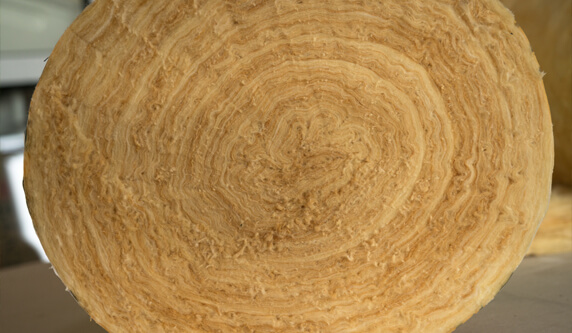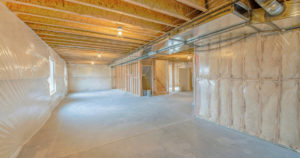If you’ve ever lived in a poorly insulated home, you know how troublesome and costly it can be. Not only does bad insulation result in exorbitantly high energy bills, but it can also cause chilly drafts, condensation buildup, mold and mildew growth, and pest infestations.
Inadequate insulation may even be related to serious health issues.
Often, understanding a problem can help you better solve it. That’s why we’ve created this comprehensive guide to home insulation. Every homeowner can benefit from an overall understanding of how insulation works and why it’s important.
The Basics of Insulation: What It Is and Why It’s Important
What is insulation?
Insulation takes many forms and can be made of various types of materials. For the most part, home insulators are made of either fiberglass, cellulose, or foam.
Why do you need insulation in your home?
Contrary to popular belief, the job of insulation is not to block outside air from coming inside. Rather, it’s meant to slow the transfer of heat. In other words, when your heating system pumps out heat to warm your home, it is the insulation’s job to stop that heat from leaking out.
Unfortunately, when there are gaps and cracks in the insulation, exterior walls, foundation, or roof, heat can escape easily. This is not only a waste of energy and bad for the environment, but it’s also clearly a waste for your pocketbook. Bad insulation is one of the leading causes of high utility bills. Heat is generated from your furnace or woodstove (or cool air from your air conditioning unit), and it literally goes right out the window!
Do You Have a Poorly Insulated Home? The Telltale Signs
There are certain signs that you should be on the lookout for if you want to know whether you have an insulation problem in your home. These include the following:
1. Uneven temperatures
Are some rooms in your home hot while others are cold? Uneven heating and cooling may be the result of bad insulation.
2. Exorbitantly high energy bills
High energy costs are often the result of bad insulation — especially when you don’t feel like you’re getting a lot of heat for what you’re paying. Your heater or air conditioner is basically having to work overtime to account for the lost energy.
3. Drafts
Ever feel a blast of cool air coming in around your doors or windows? These areas tend to need added insulation. If they don’t have it, they can cause drafts.
Contact Valley Home Insulation Today to Schedule a No-Cost Energy Assessment!
We hope you found this beginner’s guide to home insulation helpful. If you think you may have poor insulation in your home or would like to find out more about your insulation options, contact Valley Home Insulation today.
Our energy experts would be happy to provide you with a no-cost energy assessment. In many cases, homeowners may be eligible for up to 75 percent in instant rebates on their new insulation.
Contact us today to set up your assessment!



